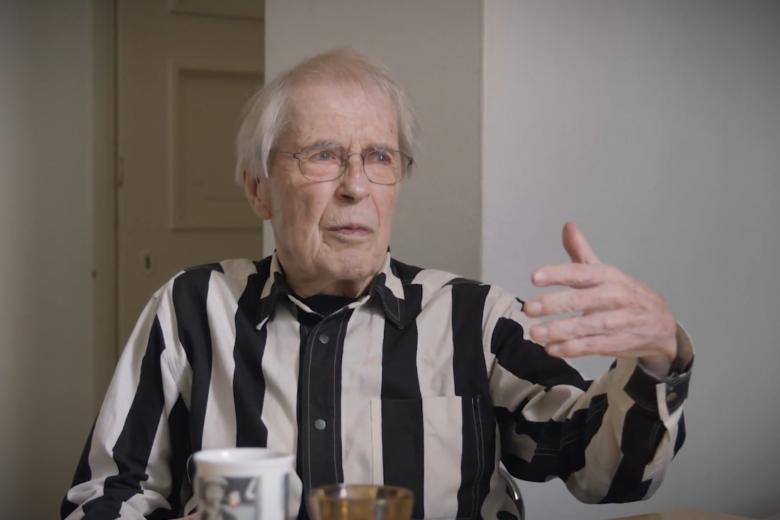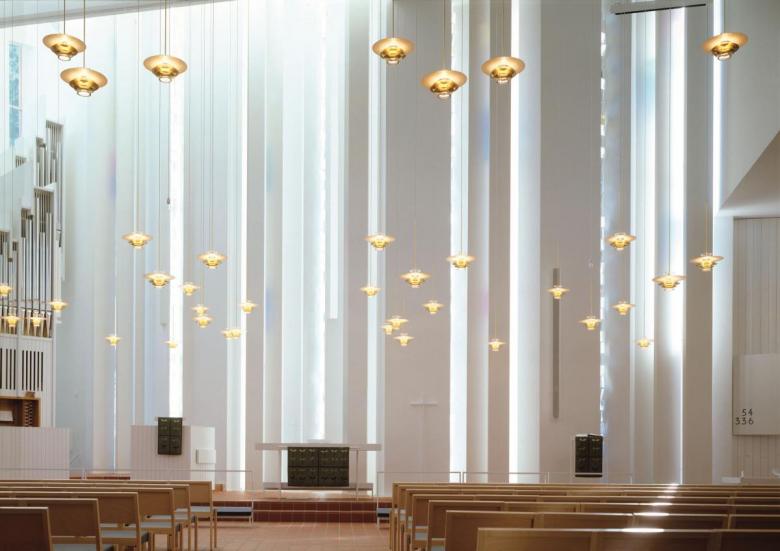Juha Leiviskä, 1936–2023
John Hill
17. January 2024
Juha Leiviskä in 2020, when he was laurate of The Daylight Award 2020 for Architecture. (Photo: Screenshot from video made by The Daylight Award)
Finnish architect Juha Leiviskä, known for a series of stunning churches with light-filled interiors in his native country, died on November 9, 2023, at the age of 87.
The news of Juha Leiviskä's death reached us via an obituary by architectural historian William J. R. Curtis published in The Architect's Newspaper on January 12. The two-month delay in this news reaching an English-language audience can be attributed, in part, to the almost hyper-local nature of Leiviskä's six-decade-long career, as evidenced by the fact he completed only one building outside of Finland (Dar al-Kalima Academy in Bethlehem, Palestine, 1998–2003) and in Curtis's retelling of the words of Indian architect Balkrishna Doshi upon visiting Leiviskä's Myyrmäki Church (1984) at Vantaa outside Helsinki: “Why is it that we do not know more about this architect? It is so much better than most of what is going on.” In Finland, at least, the news was reported just two days after Leiviskä's passing.
Myyrmäki Church, Vantaa, Finland, 1980–84. (Photo: Simo Räsänen/Wikimedia Commons)
Born in Helsinki, Leiviskä was educated at Helsinki University of Technology and established his own architectural practice in 1964. In 1978, Leiviskä formed a partnership with architect Vilhelm Helander, one that lasted until Leiviskä's death. The churches and other buildings designed by Leiviskä were shared with an audience outside of Finland primarily through the publication of monographs, including Juha Leiviskä 1964-1999, published by the Museum of Finnish Architecture in 1999, and Juha Leiviskä 2000–2022, also published by the Museum of Finnish Architecture, in 2022. The latter book was the subject of a review in our magazine about a year ago, in which we realized how the narrow windows fitted between tightly spaced walls that brilliantly introduced natural light into the architect's religious buildings were also suitably put to use in cultural, educational, residential, and commercial commissions.
Plan diagram of Myyrmäki Church and Parish Center, Vantaa, Finland, 1980–84. (Drawing: TTKK/Wikimedia Commons)
Even though Leiviskä's geometric, planar architecture was something of a constant, a means of phenomenological exploration throughout his long career, the architect's influence will remain most likely in the churches he realized in his native country decades ago, including the aforementioned Myyrmäki Church but also the Männistö Church (1992) in Kuopio and The Church of the Good Shepherd (2003) in Pakila, the last of which graces the cover of the 2022 monograph. Photos of his churches show sunlight raking across their white surfaces; these and other remarkable effects of natural light earned him The Daylight Award in 2020, Still, Leiviskä was also aware of the important role of artificial lighting, particularly in Scandinavia, so it's impossible to find photographs of these churches not filled by the pendants he also designed. That the pendants are as integral to the character of the ecclesiastical spaces as the sunlight entering them indicates the architect's attention to detail; or as Curtis touches on in his obituary: “Whether designing a space of public assembly, a stair in a private villa or a kitchen in a public housing scheme, [Leiviskä] brought the same attention to the task, endowing day to day activities with a touch of poetry.”



